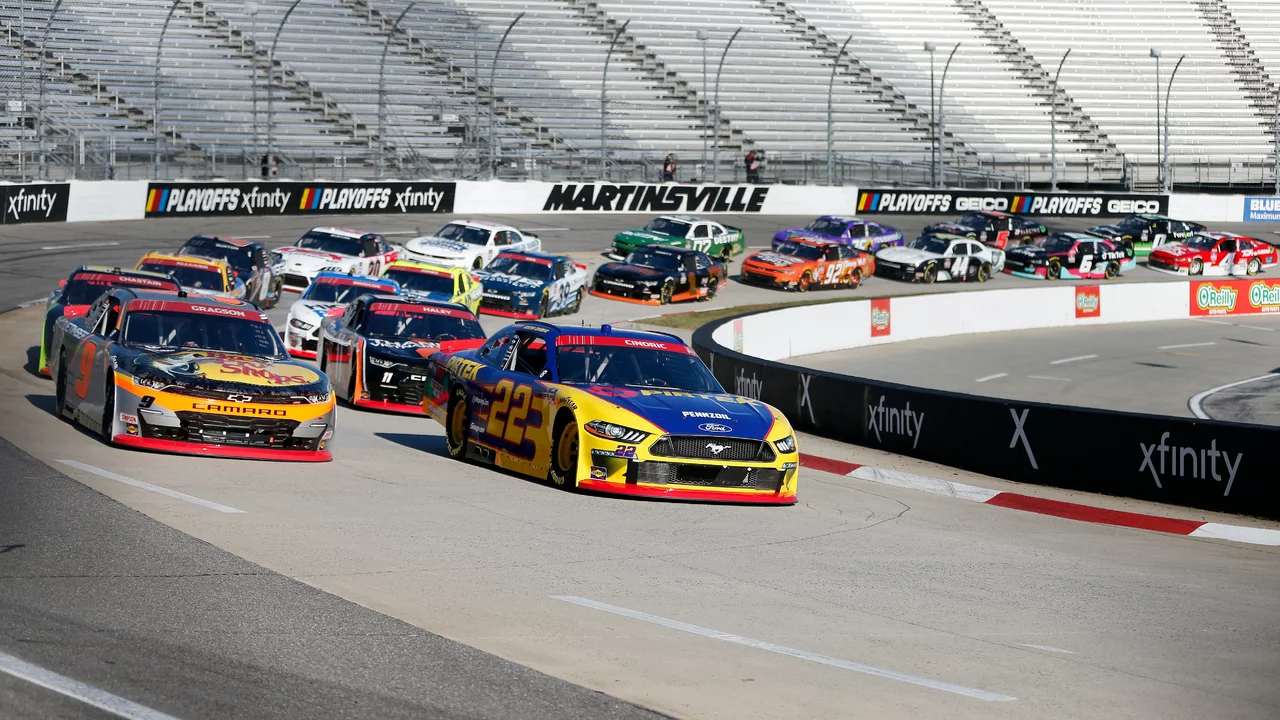NASCAR Racing: What You Need to Know
If you’ve ever heard the roar of a stock car on TV and wondered what makes NASCAR so addictive, you’re in the right place. NASCAR isn’t just a sport; it’s a mix of speed, strategy, and a uniquely American fan vibe. Below we break down the basics, the big differences with Formula 1, and tips on how to get the most out of a race day.
How NASCAR Works
NASCAR stands for National Association for Stock Car Auto Racing. The main series, the Cup Series, runs on oval tracks that range from half‑mile short tracks to 2.5‑mile superspeedways like Daytona. Races are usually 200‑plus laps, and drivers earn points based on finishing position and laps led. The point system decides the champion at the end of the season, not a single race.
Cars look similar to regular sedans, but under the hood they’re purpose‑built machines. Engines produce about 750 horsepower, and teams spend millions fine‑tuning aerodynamics, tires, and fuel strategy. Pit stops are fast – around 12‑15 seconds – and a well‑timed stop can win or lose a race.
NASCAR vs. Formula 1: The Real Differences
One common debate is whether NASCAR or Formula 1 is the bigger sport. The answer depends on what you value. NASCAR draws huge crowds in the U.S. and often offers more close‑quarter racing because the cars handle similarly on ovals. F1, on the other hand, is a global spectacle with cutting‑edge tech, faster cars, and a wider variety of tracks.
From a fan’s perspective, NASCAR’s appeal is the tailgate culture, the loud engines, and the easy‑to‑follow format – you can see almost all the action from the grandstands. F1 fans enjoy the international flair, the engineering marvels, and races that test drivers on twisty circuits. Both have loyal followings, and many fans enjoy both series for different reasons.
Another key point: NASCAR races tend to be longer in duration, giving you more time to soak in the excitement, whereas F1 races are usually under two hours. If you love a marathon of speed and strategy, NASCAR has you covered.
Getting Started as a NASCAR Fan
Want to jump in? Start by watching a few major events – the Daytona 500, the Coca‑Cola 600, and the Talladega Superspeedway race are good entry points. Turn on the race broadcast, follow the drivers on social media, and pay attention to the stage breaks – NASCAR now splits races into three stages, awarding points halfway through.
If you can, visit a track in person. The sound of the engines, the smell of gasoline, and the crowd’s energy are hard to replicate at home. Bring a camera, wear the colors of your favorite driver, and don’t forget the classic tailgate snacks.
For the tech‑savvy, NASCAR’s app gives live timing, driver stats, and even in‑car audio feeds. It’s a great way to understand pit strategies and see which crew chief is making the smartest calls.
Common Questions About Racing Difficulty
People often ask how hard it is to race in NASCAR. It’s a blend of physical stamina, mental focus, and team coordination. Drivers need to keep a steady line for hours, cope with high G‑forces, and make split‑second decisions on when to pit. The competition is fierce – every driver wants the same few seconds that separate first from tenth.
Training involves simulator work, physical workouts, and countless hours on test tracks. Even experienced racers say the mental grind of staying sharp lap after lap is what makes NASCAR tough.
In short, racing isn’t just about pressing the gas. It’s about reading the track, managing tires, and trusting your crew. That’s why fans love the sport – they see the human element behind the high‑speed drama.
Whether you’re into the roar of the engines, the strategic pit stops, or the camaraderie of the fan community, NASCAR offers something for anyone who loves speed. Keep an eye on the schedule, pick a race to watch, and you’ll soon feel the thrill of stock car racing for yourself.

What is so difficult about NASCAR racing?
by Davion Strider / 20 Jul 2023NASCAR racing, from an outsider's perspective, might seem simple. However, there's a lot more to it than meets the eye. The sport requires top-level physical fitness, superior concentration, and expert technical knowledge. You have to deal with the intense heat inside the car, high speeds, and the pressure of maintaining your car's condition throughout the race. It's definitely not as easy as just driving in circles on a track!


